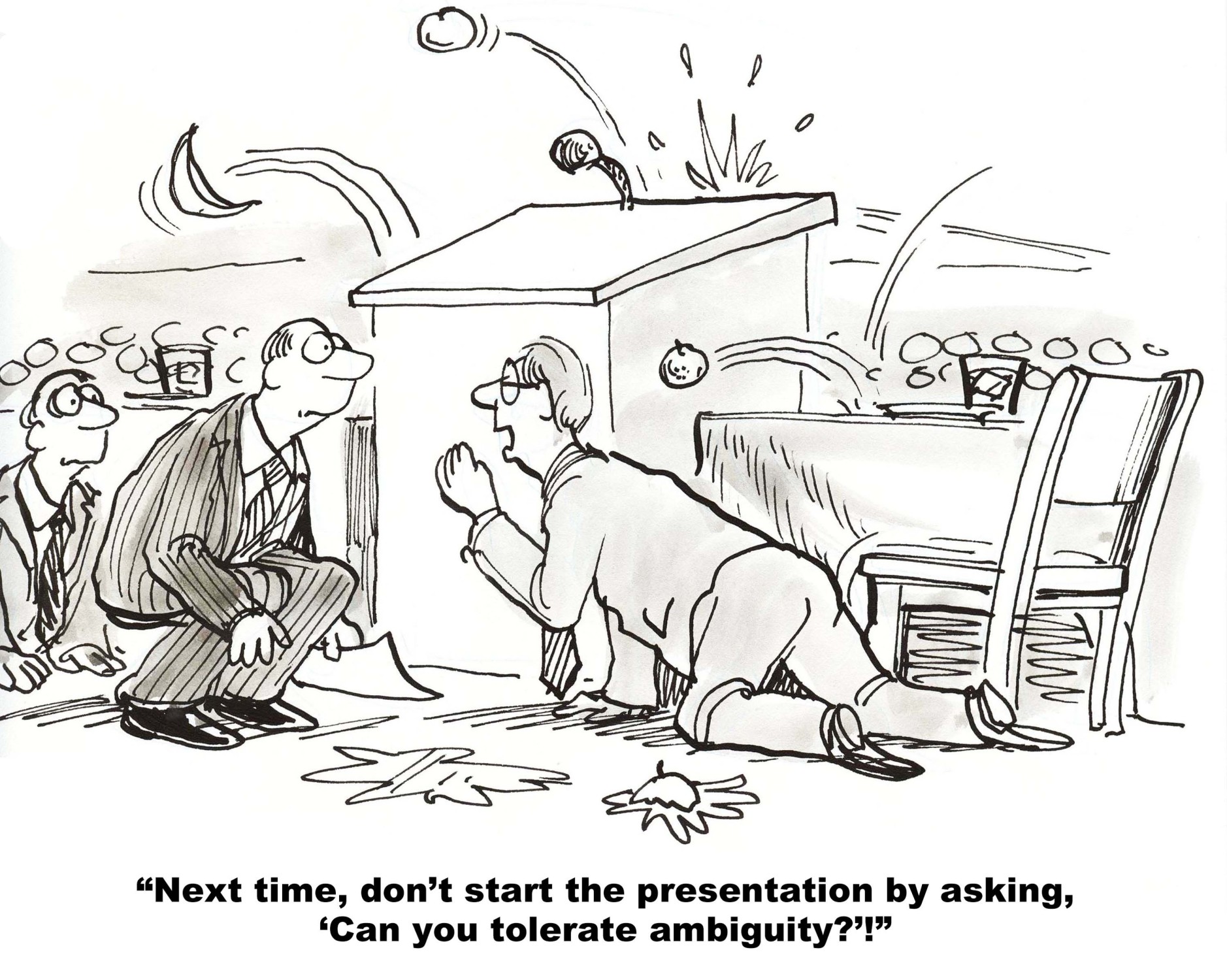Top 3 CMO (Change Management Office) considerations for successful digital transformation
The terms PMO/CMO (project management office / change management office) tend to come up a lot in change and transformation efforts. And while there can be wide differences in how they are structured, function and are applied, in the end, they are pertinent – often critical – to the success of the implementation effort.
If you are familiar with them, it’s quite possible that your experience with them contains some memories of conversations about how to set them up and run them – and naturally, what to do with the CM and PM parts… and how tricky that conversation can sometimes get.
Are they different? Can PM resources do CM tasks…? Vice-versa? Should they? What is it that they should do exactly if they are both required? And what are resulting implications for resourcing the Management Office for the change you’re considering as a result?
Here are 3 critical considerations to enable you to get to a reasonable answer as to how to structure your MO with happy, productive and synergistic P’s and C’s.
First - define required roles of and in your management office: What are you trying to get from your management office - and what role do you want them to play in your change or transformation? Is project management tracking benefits (as well standard items such as schedule/critical path, resource type and staffing and deliverables leading to decision gates)? If so, have you distinguished and delineated between installation (direct-cost) benefits and adoption benefits (actually using the item installed)? Adoption benefits have significant change-related elements. Are adoption benefits large – and critical to success? Again, change resources will be helpful in mitigating people risks to uptake.
For your PM role, in addition are you looking to provide guidance, consistency, oversight and/or compliance? Similarly with CM resources - are you looking to resource change capability for urgent “fire-fighting” or “critical items only”? Or are you looking to build capability, intervene pro-actively, or create strategic intervention teams?
Depending on your change profile (complexity, people risk, etc.), your optimal configuration of PM and CM roles may be different. In the end, projects don’t manage change, they manage projects - and change resources don’t deliver projects, they deliver change. How one defines these two elements - project and change management - is at the heart of the answer that will work in your situation.

Second, what is your framework and process for implementation? Have you agreed a process for your change and project activities over time? In the previous step you would have recognized the size and type of change in your transformation or strategic initiative portfolio. You should be able to describe the skills required both from a project management and change management point of view.
At a minimum, you would be agreeing an overall breakdown of who does what when in the process. Are you using a gating and decision-making process that enables project progress? Is it linked to funding approvals? Is your project portfolio more agile? In either case, is the portfolio structured into high medium and low visibility initiatives to deal with initiative prioritization? Do installation and realization phases overlap for different initiatives in the portfolio? Again, having PM roles that deal with the project deadlines and deliverables requirements will be significantly handicapped if they are also responsible for change impact assessments and change leadership agendas – and addressing possible interventions in consequence.
Similarly regarding reporting requirements for the critical decisions in your gating process (project risks and change risks). Project schedule risks differ from change implementation risks. How your change skills fit in with project delivery schedules and milestone skills will determine how timely you will be able to respond to PM vs CM needs. Depending on your needs, you will want to separate out CM and PM roles to ensure that there is sufficient challenge to your change implementation effort that balances to "get it done" mantra that is the hallmark of all good PMO's.
Third what are the capacity constraints in your implementation? Try this thought experiment. Go to the end (or appropriate interim, usually at minimum a year out) of the transformation process and ask yourself the change capacity question: given the change I see coming, how much implementation risk is in the task of implementing and how much is in the understanding of the task? Project managers are doers mostly – maximizing outcomes to dynamic constraints. Change managers, in addition, consider how things can get done while minimizing resistance.
Typically, a project view will focus on the first part - how much capacity (in resources, skills and capabilities) is required to deliver the implementation task itself. Very often, how it all comes together, the second part, is overlooked. Having a change resource assess your project implementation schedule will normally result in tension in your work-plan - i.e. questions which will require more clarity as to how the plan comes together. Project teams can get defensive around their plan, but in the end, your implementation will be better served by bringing both perspectives to your implementation plan.
Going forward: If you’re new to PMO/CMO’s and have become curious about C vs P in your MO and how to leverage the abilities inherent between the two, this note should provide you some initial guidance on what to recognize and frame in the debate if and when it makes itself known.
For more information on PMO/CMO visit https://www.changevu.com/pmochangemanagementoffice.html
#businesstransformation #dataanalytics #changeimplementation #workforce #changemanagement #resources #getmore #changevu #projectmanagement #projectmanagementsoftware #executives #CEO #csuite
